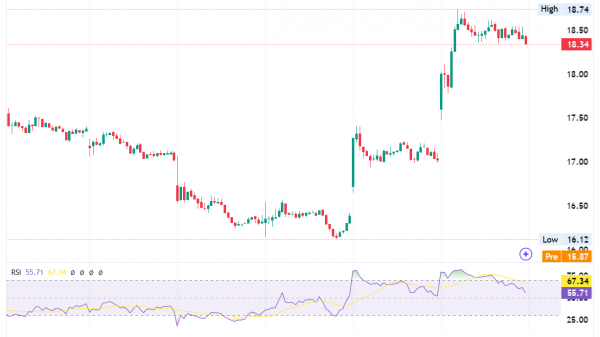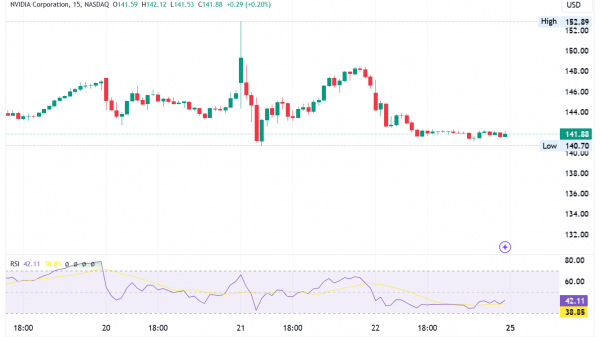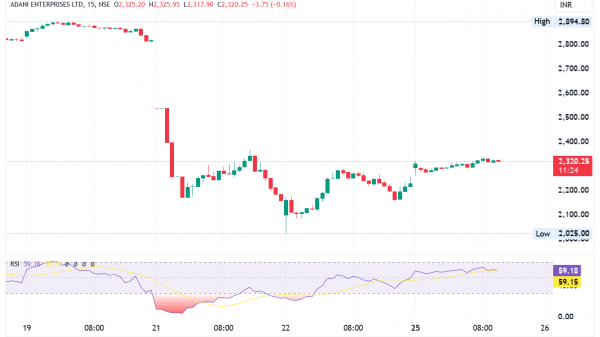What is the marginal rate of substitution and its formula?
Key Takeaways:
Trade-offs and Satisfaction: MRS shows the trade-offs consumers are willing to make while maintaining the same level of satisfaction.
Indifference Curves: These curves represent combinations of goods that yield equal satisfaction, with their shape reflecting the diminishing Marginal Rate of Substitution.
Practical Applications: MRS is used in real-world scenarios, guiding consumer choices and government policies like incentives for eco-friendly purchases.
Limitations: While valuable, MRS has limitations, such as focusing on two variables and not always capturing variations in marginal utility. Understanding MRS aids in informed decision-making and economic analysis.
Have you recently thought about what the marginal substitution rate means and represents? What is the secret and significance of this type of marginal rate that every true professional should be aware of?
Before deep analysis and explanation, it’s crucial to know that the marginal rate of substitution refers to a consumer’s readiness to exchange one item for another, provided that the replacement item offers equivalent satisfaction.
In analyzing consumer behaviour within indifference theory, MRS is a vital tool. When someone doesn’t care about trading one thing for another, their satisfaction doesn’t change, meaning their desire for substitution is zero.
However, let’s understand what it means and how to use this marvellous tool, shall we?
Understanding the marginal rate of substitution
The MRS, or how one good can replace another, is important in economics. It looks at a diminishing marginal rate. It is primarily used to analyze consumer behaviours and comes into play when we examine the indifference curves.
These curves represent the frontier of satisfaction for different combinations of “good X” and “good Y,” showing how people are willing to trade between them while maintaining the same level of happiness.
Here are the key takeaways:
MRS helps us understand how easily one thing can replace another, especially when the curve’s slope is involved. This slope signifies how much of each good someone is willing to swap to stay equally satisfied, an important aspect of their utility function.
In essence, MRS assists businesses in understanding consumption trends and enables government entities to make informed decisions when shaping public policies, such as offering tax incentives to promote environmentally friendly purchases like electric vehicles.
Marginal rate of substitution formula and explanation
If you’ve been wondering how to calculate the marginal rate of substitution, it’s crucial to know that there’s a specific formula:
In this situation, we have two different things, x and y. The terms dx and dy show how y changes when x changes. We can use the word “MU” to mean the extra benefit or usefulness we get from consuming x or y.
How to find the marginal rate of substitution?
Now that you’ve got the formula, it’s crucial to understand how to find it the best: The Marginal Rate of Substitution Formula:
This formula shows us how much of one thing we’re willing to give up to get more of another.
So, from the formula above, you’ve learned that to calculate it, we take the change in the first thing (dx) and divide it by the change in the second thing (dy).
The amount we’re willing to give up is always related to the first thing, which is why it’s negative, and the amount we gain is always related to the second.
Exploring MRS and the Indifference Curve with Meaning:
If you’ve been wondering what the indifference curve shows, it’s crucial to note this:
When delving into the concept of MRS and its link to the indifference curve, we’re examining the slope of this curve—a crucial aspect for grasping the rate of technical substitution, a common topic in economics.
MRS, or the marginal rate of substitution, represents how readily someone is eager to trade one good for another while keeping the same level of utility, which is all about satisfaction.
Most often, you’ll encounter indifference curves shaped like convex hills in discussions about consumer preferences. This is connected to the law of diminishing marginal rates of substitution, which asserts that as you move down this curve, the MRS decreases.
Can the curve ever be a straight line?
Yes, it can if the substitution rate remains the same along the curve, leading to a negative-sloping, straight-line indifference curve.
In our “table of contents” for understanding consumer preferences and MRS, we find the crucial topics of the rate of technical substitution and the law of diminishing marginal substitution rates.
We also explore how consumer satisfaction remains connected to the level of utility even as they make trade-offs for different output levels.
An Example Illustrating MRS
Consider a scenario where a person must decide between hamburgers and hot dogs. To find the Marginal Rate of Substitution (MRS), we ask the person to identify which combinations of hamburgers and hot dogs make them equally happy.
When we represent these combinations on a graph, we observe a line with a negative slope. This negative slope signifies that the person experiences a diminishing Marginal Rate of Substitution.
In simpler terms, as they consume more hamburgers and have fewer hot dogs, they become less inclined to trade one for the other. For instance, if the MRS of hamburgers for hot dogs is -2, the person is ready to exchange 2 hot dogs for an additional hamburger.
Additional Marginal Rate of Substitution Example
According to experts, the marginal rate of substitution (MRS) represents the quantity of one item a consumer is ready to forego to obtain a certain quantity of another item.
For instance, if a consumer is willing to trade 6 bananas for 3 apples, the MRS would be calculated as -6 / 3 = -3.
Unlocking the Mysteries of Marginal Rate of Substitution
Now, let’s discuss the limitations of the MRS concept. One significant limitation is that it does not consider combinations of goods that a consumer may prefer more or less than others, restricting the analysis to two variables (usually ‘x’ and ‘y).
This limitation excludes other potential factors influencing consumption decisions. Additionally, MRS does not always accurately reflect marginal utility, as it treats similar goods equally satisfactorily.
In reality, these goods may offer different levels of satisfaction. For example, think about how a hamburger with various toppings may provide different satisfaction than a plain hot dog.
In summary, while MRS is useful for understanding consumer choices, it may need to capture the complexity of consumer preferences and utility fully.
What is the marginal rate of technical substitution?
Another frequently asked question regarding this topic is the marginal rate of technical substitution. To understand what it means, here’s all the legitimate information you need to know:
The Marginal Rate of Technical Substitution (MRTS) concept in economics explains how quickly one factor must be reduced to keep the productivity level steady when we increase another factor.
In simpler terms, it shows us the rate at which we can trade or replace one factor with another without changing our overall productivity.
Bottom line
The Marginal Rate of Substitution (MRS) is a key concept in economics, indicating how willing a consumer is to trade one item for another while keeping their satisfaction level constant. Understanding consumer behaviour and preferences within the indifference theory is extremely beneficial.
The post What is marginal rate of substitution? appeared first on FinanceBrokerage.


































